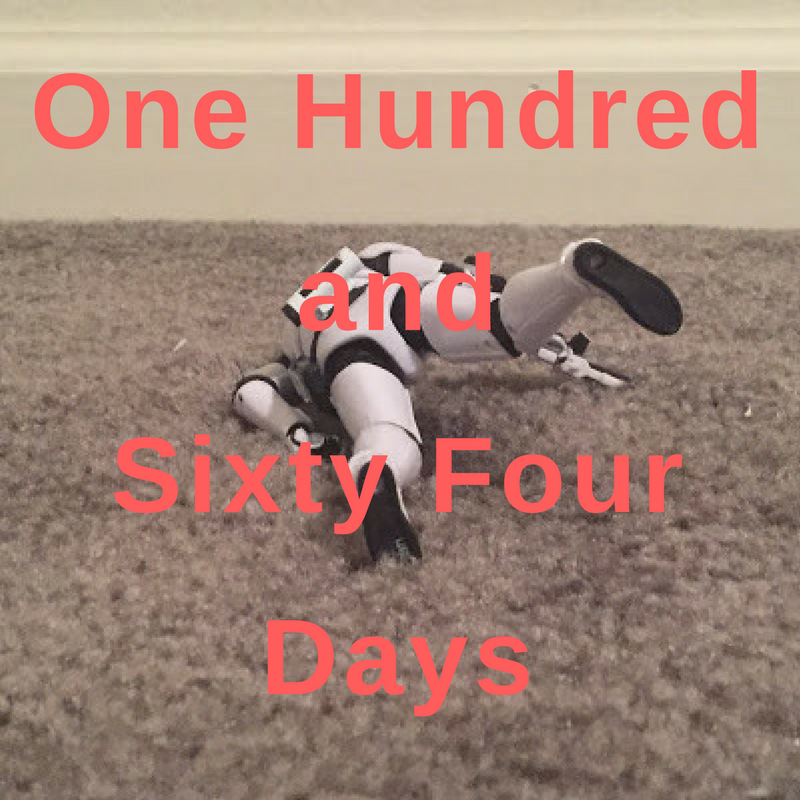card at a time, courtesy of Gatherer's "Random Card" button.
Magma Jet (Fifth Dawn, 2004)
So far in the series we've mostly seen creatures - which is not at all indicative of the actual dispersement of card types. There are lots of cards besides creatures - Sorceries, Instants, Enchantments, Artifacts, Planeswalkers, Lands. (And Tribal, which is a supertype and I don't understand exactly what that means except that apparently no one else did either because it came and went very quickly.) An Instant like this can be played at any time you have priority - which means, it doesn't have to be your turn. You can play it during your opponent's turn at any point in which you are allowed to respond to his or her actions. This allows you to do things like counter their spells, "bounce" their creatures (send their creature card back to their hand or their deck), or perform various combat tricks (effects which change the outcome of combat).
Magma Jet isn't the fanciest card in the booster but it gets the job done. Red is the color of anger, impulsivity, immediate action, and direct damage. What this means is that cards which directly hurt either another player or one of their creatures belong mainly to Red, despite a few exceptions over the years. The first statement in the card's rule text is, "Magma Jet deals 2 damage to target creature or player." That is about as simple as rules text gets, such that even a complete beginner can easily grok the purpose of the card at a glance. Simple, in this case, is good: direct damage is a very important to the game, and even though there are certainly more powerful versions of this effect in existence, this is nonetheless a powerful and useful card in any many play environments. The gold standard for direct damage is still the original Lightning Bolt, which deals three damage to a target creature or player for only one red mana - extremely powerful and efficient, but not so much that it can't come back to Standard periodically (as it did in the 2010 and 2011 core sets, and as it undoubtedly will again at some point after enough time has elapsed for the return to be sufficiently special).
But direct damage isn't all this card does. The second bit of rules text says "Scry 2." Scry is another popular ability that comes back a lot even if it isn't quite evergreen (meaning, it doesn't come back for every set, but it comes back more frequently than just about any other non-evergreen mechanic which I could mention). Scry is an ability that allows you to peek at the top cards of your deck (to "scry" the future, in other words), and either place the cards back on the top or the bottom of the deck. It's an extremely useful ability even if it isn't very flashy, because it allows you to manage your card draws far more efficiently than otherwise. As I've discussed before, there is a large element of luck in Magic that comes from the nature of randomized card drawing. Scry helps cut down on a bit of that randomness by giving you the ability to predict and pick which cards you need most off the top of your deck. The number "2" refers to the number of cards you can look at for this Scry - you could also Scry for 1 card, Scry for 3 cards, or potentially even more (although I do not know off the top of my head if any Scry effect goes above 3).
One of the challenges with making Magic cards is coming up with new variations on old ideas. Direct damage is one of the oldest tricks in the book, dating back to the beginning of the game, and because it is so essential to Red's color identity there need to be different types of direct damage in every set. That means that the designers have to figure out the best way to do the same thing but slightly different over and over again - no mean feat. Magma Jet manages this by bolting on the Scry component to the basic direct damage effect. On its own, 2 CMC (converted mana cost) for 2 damage would be really steep - the industry standard here is Shock, with two damage at one red mana - strictly worse than Lightning Bolt, but in a play environment that lacks Lightning Bolt it does the job. Adding another mana to be able to Scry for 2 is a good deal.
Unfortunately it's hard to tell at this size and on the computer screen what's actually going on in the art here - it looks, upon close inspection, as if a little dude, possibly a goblin or wight or some such - is getting blasted by the card's titular blast of magma. The art is significantly better on the reprint they did for last year' Theros. (Also, if you really want to see people getting intense about Magma Jet, you can always click here - if you dare.)




